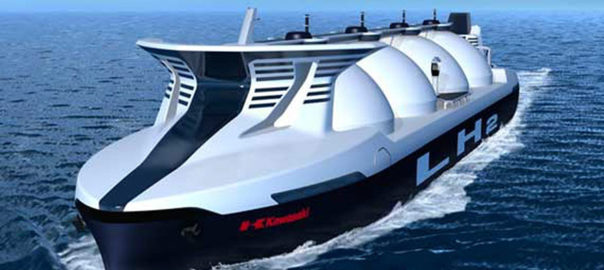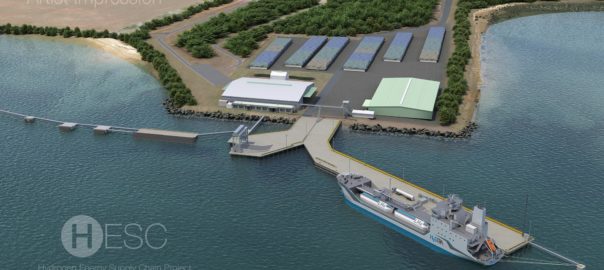Fortescue Metals Group has signed a memorandum of understanding (MoU) with Kawasaki Heavy Industries and Iwatani Corporation to develop a business model for the supply of liquid hydrogen into Japan.
Under the MoU, the three parties will establish the Global LH2 Consortium to facilitate collaboration for the establishment of large scale, liquid hydrogen production and supply capabilities, Fortescue says.
The consortium will focus on joint activities associated with the development of renewable hydrogen projects in Australia and overseas, with a view to establishing liquid hydrogen supply chains and the distribution and offtake of liquid hydrogen within Japan.
Fortescue Chief Executive Officer, Elizabeth Gaines, said: “The world’s transition to a clean energy future represents a major growth opportunity and this partnership with Kawasaki and Iwatani will help position Fortescue at the forefront of the establishment of a global renewable hydrogen industry.
“Japan has been identified as one of the priority north Asian markets for hydrogen exports. By leveraging our value chain and market access as well as the skills and capability of our people to rapidly develop complex projects, we believe Fortescue is well placed to meet the future demand of green hydrogen.”
Kawasaki Executive Officer, Dr Eiichi Harada, said: “Kawasaki is a world leader in the production, storage, shipping and handling of liquid hydrogen. In order to contribute to securing a stable energy supply and the preservation of the global environment, Kawasaki is excited to enter into a relationship and business partnership with Fortescue and Iwatani for the establishment of the Global LH2 Consortium.”
Iwatani Board Member, Manabu Tsuyoshi, said: “Iwatani is the number one hydrogen supplier and only liquefied hydrogen supplier in Japan. Since we started in the hydrogen business in 1941, we have built a nationwide hydrogen network from manufacturing to transportation, storage, supply and safety. In order to expand our hydrogen supply capabilities and to develop new business models, Iwatani is pleased to partner with Fortescue and Kawasaki to establish future global hydrogen supply chains.”








